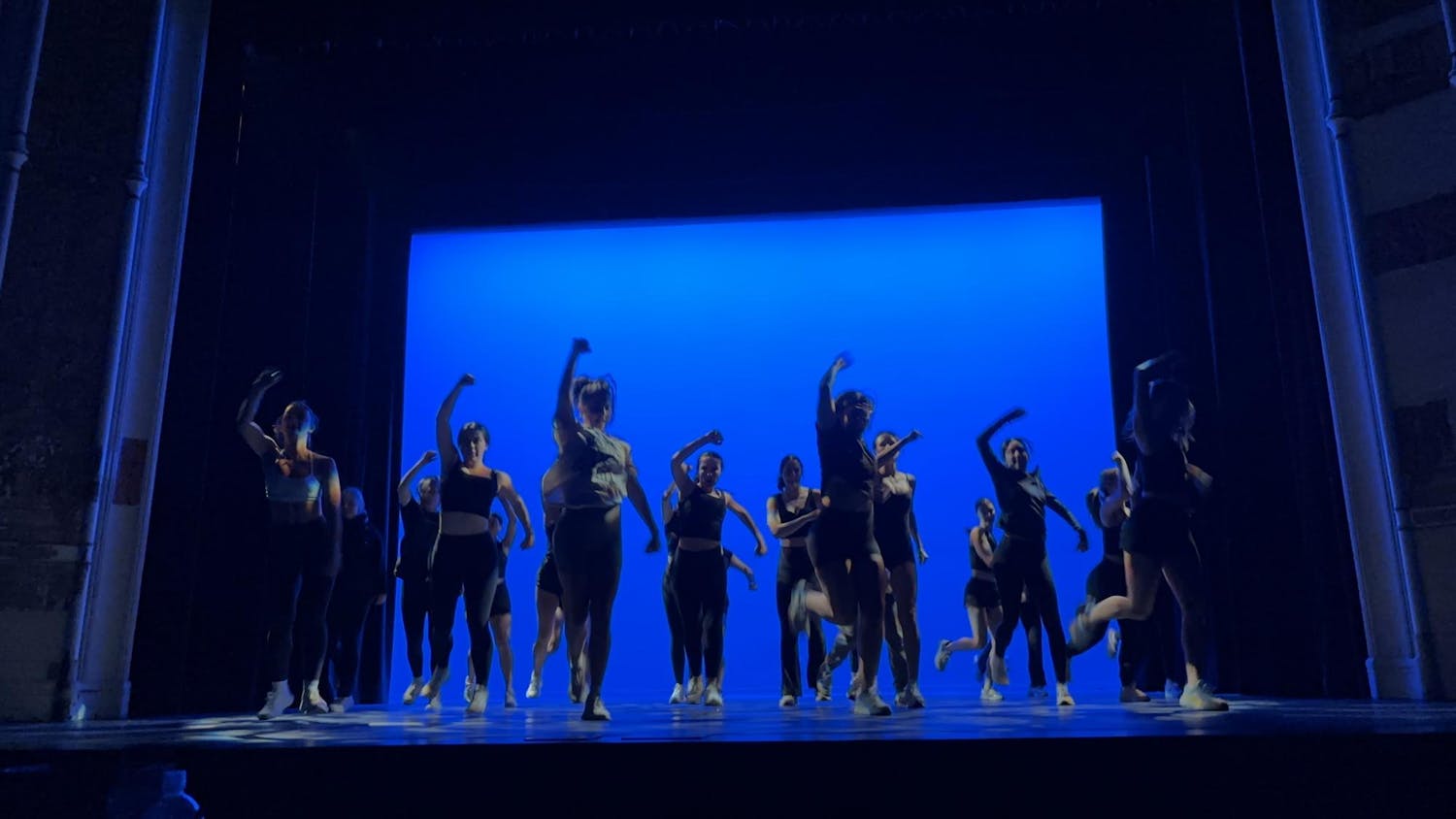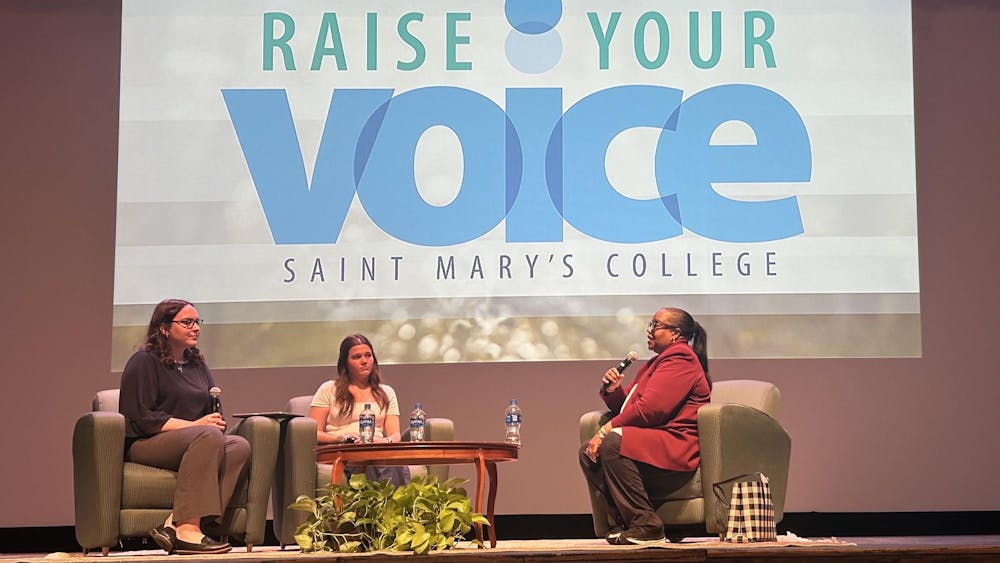During the Christmas season, Fr. Nicholas Ayo's expertise on Saint Nicholas, the man from whom the legend of Santa Claus originated, is especially relevant.
Ayo, professor emeritus in the Program of Liberal Studies, published a book in 2006 titled "Saint Nicholas in America: Christmas Holy Day and Holiday."

"I got invested after I was fully grown — age 30," Ayo said of his interest in the saint. "I started collecting stories and pictures. There's a lot of lore out there."
That lore appears to be matched by a similar amount of devotion. According to Ayo, Saint Nicholas is second only to the Virgin Mary as the most popular namesake for churches worldwide, and is an especially popular patron in Eastern Europe and Russia.
Saint Nicholas lived as a bishop in Myra, which is present-day Southern Turkey, during the fourth century, Ayo said. Ruins of a church for Saint Nicholas have been found in this area, as well as several early churches in Constantinople.
Ayo said the tradition of referring to Saint Nicholas as Santa Claus began in New York. Dutch Protestants in New York referred to Saint Nicholas as "Sinter Klaas," which became "Santa Claus" over the years.
Clement Clarke Moore, the son of an Episcopalian bishop in New York City, wrote the poem "'Twas the Night Before Christmas" on an envelope for his children, Ayo said. A guest staying in their home found the poem and submitted it to a newspaper in Troy, N.Y. Ayo said the poem immortalized the iconic American image of Santa Claus as a jolly old man dressed in red and bearing a sack of gifts.
The idea of Santa Claus coming only to those people who are good does not fit with Saint Nicholas' own spirit of giving, Ayo said.

"Saint Nicholas' generosity was meant to serve as a reminder that your family loves you, the Church loves you, no matter who you are or what you have done," he said.
There are many legends about Saint Nicholas' generous spirit, but Ayo said his favorite involves a father who could not afford dowries for his three daughters. Each night for three nights, a bag of gold was thrown down his chimney. On the third night, the father went outside to find the giver and found Saint Nicholas, who was bishop at the time. Wanting his good works to remain anonymous, Saint Nicholas made the father promise to tell no one it had been him.
These stories circulated in oral tradition for centuries before they were recorded, Ayo said. For this reason, they maintain imaginative tones.
"These are wonderful legends, almost fairy tales nobody knows," Ayo said.
Because of these stories, Ayo said researching Saint Nicholas is enjoyable.
"Legends tell you what the human heart wants," Ayo said. "Santa Claus tells you what children and families want, and that is gratuitous giving. The story of Saint Nicholas tells you the way humans' hearts are made, and what their needs are. For that reason, I hope we never lose it."












